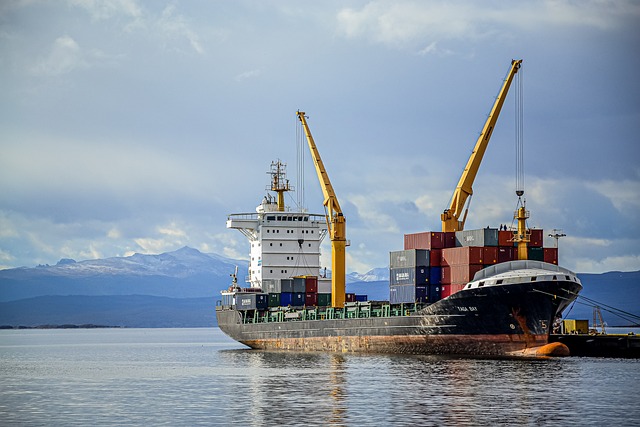Shipping a vehicle across the country requires understanding various factors influencing cost, including distance, vehicle specifics (size, weight), chosen shipping method (open-air vs enclosed), weather, route, and season. Open-load transport is cheaper for sturdy cars but offers less protection for high-end models, which are better suited to enclosed carriers. To save money, shop around for quotes, book in advance or off-peak, choose open-load if feasible, take a direct route, and prepare your vehicle by cleaning and removing personal items to reduce weight.
Shipping a car across the country can be a complex process, with costs varying widely. This article breaks down the factors influencing shipping rates for cross-country vehicle transport, from distance and weight to seasonality and demand. We explore different types of transport options, offering insights into their cost implications. Additionally, we provide strategies to help you save money when ship a vehicle across country, ensuring an informed and budget-friendly journey.
- Understanding Shipping Costs: Factors Influencing Prices
- Types of Cross-Country Vehicle Transport and Their Cost Implications
- Strategies to Save on Shipping a Car Across Country
Understanding Shipping Costs: Factors Influencing Prices

Shipping a vehicle across the country involves various costs, and understanding these factors is crucial for accurate budgeting. The price of shipping a car largely depends on several key elements. One significant factor is the distance traveled; obviously, longer distances will incur higher charges due to increased time and fuel expenses. Another critical aspect is the size and weight of the vehicle. Larger cars or trucks will generally cost more to ship than smaller ones, as they require larger carriers and consume more fuel.
Additionally, the shipping method chosen plays a significant role in pricing. Whether you opt for open-air transport or enclosed carriers can impact costs. Enclosed carriers provide better protection against weather and potential damage, which is why they often come with a higher price tag. Weather conditions, route planning, and even the time of year can also influence rates, as shipping during peak seasons or severe weather might increase expenses.
Types of Cross-Country Vehicle Transport and Their Cost Implications

When shipping a vehicle across the country, several methods are available, each with its own cost considerations. The most common types include open-load transport and enclosed truck transport. Open-load transportation is the most affordable option, suitable for vehicles that don’t require extra protection from the elements or potential damage during transit. It’s ideal for sturdy, well-maintained cars that can withstand exposure to wind, rain, and minor road debris.
Enclosed truck transport, on the other hand, offers more protection by securing vehicles within a sealed container. This method is preferable for high-end or classic cars, as it shields them from direct sunlight, extreme weather conditions, and potential road hazards. While it comes at a higher cost, enclosed transport significantly reduces the risk of damage, making it a worth consideration for valuable or delicate vehicles being shipped across long distances.
Strategies to Save on Shipping a Car Across Country

When shipping a car across the country, costs can vary significantly based on factors like distance, vehicle size, and timing. However, there are several strategies to save money on this process. One effective method is to shop around for different shipping companies; comparing quotes from multiple carriers allows you to find the best rates. Timing plays a crucial role as well – booking in advance or during off-peak seasons can lead to substantial discounts.
Additionally, consider the type of transport. Open-car shipping is generally cheaper than enclosed options, as it exposes your vehicle to the elements but reduces overall costs. You can also opt for a more direct route; choosing a straightforward path instead of a circuitous one will often result in lower fees. Lastly, prepare your car before shipping by ensuring it’s clean and free from personal items, as these extras contribute to the overall weight and consequently, the shipping price.
Shipping a vehicle across country can be a complex process, but understanding the factors influencing costs and employing smart strategies can make it more affordable. By understanding different transport methods, considering seasonal variations, and exploring options like bidding or using reputable carriers, you can save significantly on your cross-country car transportation. Remember, thorough research and planning are key to navigating this process efficiently.
